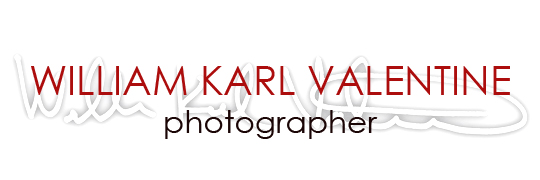I always like hitting the MFA when I am in Boston and with my timing this was the only gallery/museum I got to see when I was there January.
The MFA describes The (Un) Expected Families exhibition as follows:
Bringing together more than 80 pictures taken by American photographers from the 19th century to today, “(un)expected families” explores the definition of the American family—from the families we are born into to the ones we have chosen for ourselves. The works on view depict a wide range of relationships, including multiple generations, romantic unions, and alternative family structures. Using archival, vernacular, and fine art photographs, “(un)expected families” offers a variety of perspectives on the American family, from Dorothea Lange’s depiction of a migrant family at the time of the Dust Bowl to Louie Palu’s portraits of US Marines fighting in Afghanistan. The exhibition illustrates that the family has always taken diverse forms: affluent and destitute, cohesive and fractured, expected and unexpected. Taken together, the photographs challenge visitors to consider what family means to them. “(un)expected families” features celebrated practitioners like Nan Goldin, Carrie Mae Weems, LaToya Ruby Frazier, and Harry Callahan, as well as a number of renowned Boston-area artists, such as David Hilliard, Nicholas Nixon, Abe Morell, and Sage Sohier.
First let me say the MFA is one of my favorite museums and I appreciate the caliber and the quantity of photography that they exhibit. There are some fantastic images in this exhibition and I think the concept of the exhibition is outstanding because the concept and definition of "Family" have evolved more than ever before in my lifetime. Every image in this exhibition is solid, but I think some of this images fit the concept of the theme better than others. The concept is a massive undertaking, I also would question if you really can define the American Family in today's world with just 80 images.
Some prints were just outstanding for the exhibition. I think Mary Ellen Mark's "The Damm Family in their Car, 1987 in Los Angeles" may have been the best one. Mark photographed this family for a week. They were your traditional mom and dad with kids, except they were homeless. They were living on the streets of Los Angeles in a 1971 Buick Skylark. I love that contradiction to the traditional ideal of the Ward and June Cleaver perfect American family. I also think it is a timely image with the explosion of homelessness our country has seen in the last five years. I don't recall seeing it in the exhibition but I would have thought images from Mark's series on Tiny would have fit will in the exhibition as well.
I enjoyed seeing Henri Cartier-Bresson's print "Lancaster PA 1947" image on display next to Elaine Mayes's photo from 1970 Haight-Ashbury. The contradiction between images was awesome. Jim Goldberg's and Duane Michaels's images were perfect to highlight aspects of the father-son relationship, they paired well together. Julie Blackmon's work is fantastic and I was happy to see one of her image "Baby Toss 2009" included. One of personal favorite prints in the exhibition was Elliot Erwitt's "Lost Persons" - Pasadena, CA 1963. I love the image, the layers of meaning and the composition, plus I the fact I was within a couple miles of Elliott when he made this exposure (I grew up in Pasadena, this image is from the Rose Parade, near my parents' home. I was still eight months away from being born but I was on my way and I know my parents were home for New Years.
I thought including Jess Dugan's "Devotion 2012" was a stretch that I didn't understand. I think it is a fine portrait or self-portrait but I didn't see the tie in to the "family" concept of the exhibition because the image is so focused on the individual. It felt like a stretch to include a better representation of the LGBTQ community. I think there other images out there which would have accomplished this and tied in the relationship to a "family" much better. I think Nan Golden's "Jimmy Paulette & Tabboo NYC 1991" accomplished that tie in, With one man having his back turned, the other man looking directly at the camera, their own contact and relationship; this image has tons of layers and really goes deep. I felt the same way with Louie Palu's 2008 portraits of US Marines in Helmand Province in Afghanistan. They are outstanding portraits but I didn't see the tie in to the family, unless they were there to imply the experiences of war distances the individual from their families, which I don't think was the case. I would have rather seen Larry Burrow's images which beautifully documented the bonds of soldiers who have gone in to battle together or something similar are current. I also think few more images documenting the street gangs (Robert Yager's images) and prison life (Morrie Camhi's or Danny Lyon's photographs) would have tied in very well given the prison population in this country (I realize Danny Lyons's "Danny & Cowboy" from the Bike Riders, which is in the exhibition, addressed that. Larry Clark's "Tulsa" images could have also been a fit). I could also see including a couple images of fraternities, sports teams, or religious groups where people develop strong bonds with other people. My point in bringing all this up is not to "Monday Morning Quarterback" or question the curatorial selections, its more to highlight what a massive undertaking trying to tackle this subject is. I will finish where I started by again saying this is a very good exhibition at an outstanding museum and I would highly recommend seeing this exhibition before it closes on June 24th, 2018.







